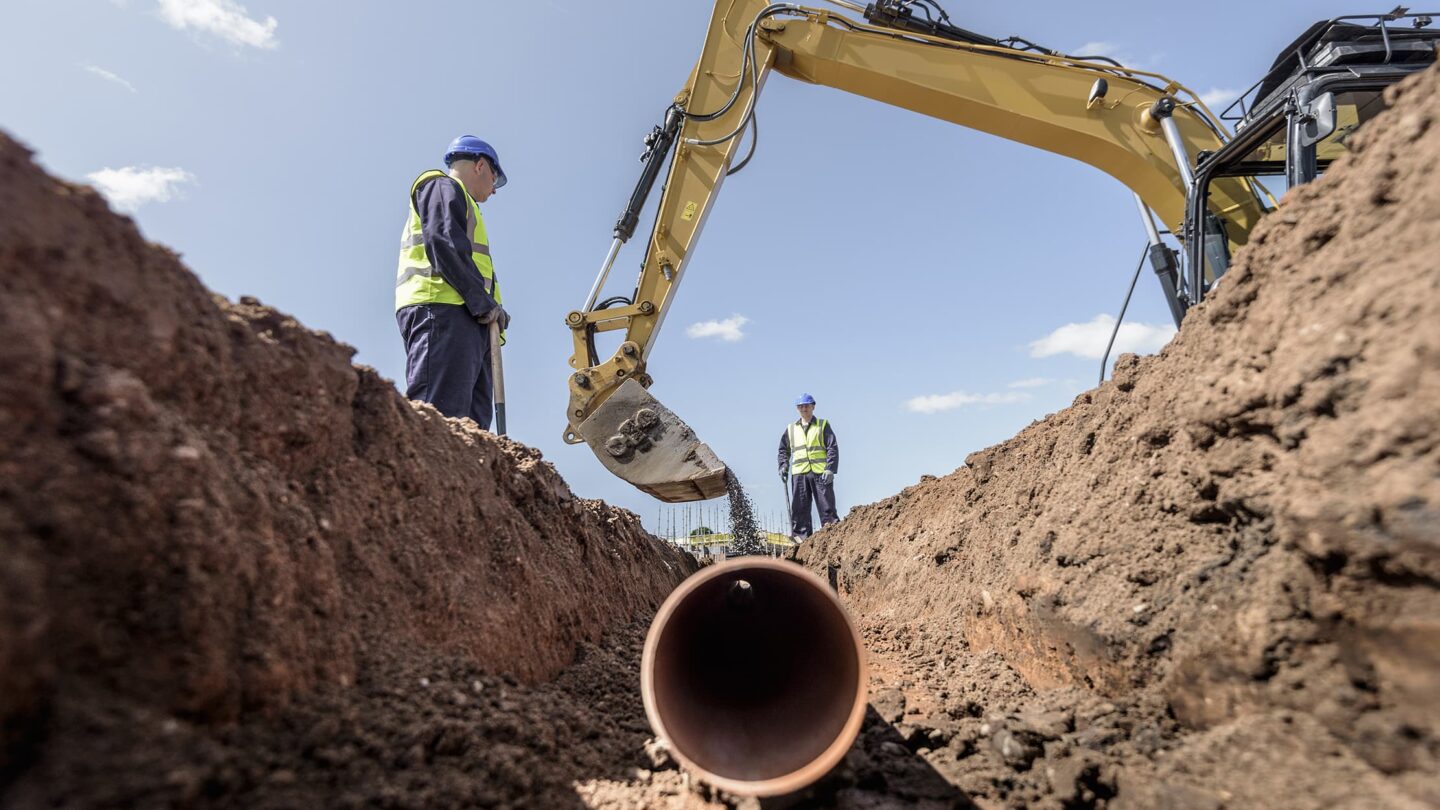Construction
6 cash collection tips for every construction business
Learn how to invoice promptly, automate time collection, set credit limits and more when dealing with cash collection for your construction business.

Cash flow is the lifeblood of your construction business. When it’s healthy, you have the financial room to make growth-focused investments. When it’s in trouble, you have no choice but to cover basic costs.
To make sure there’s always plenty of cash available, you need customers to pay you quickly and reliably.
While this may seem out of your control, there are plenty of actions you can take to keep money flowing in.
In this article, we share 6 tips to improve how your construction business collects cash:
- Invoice customers as fast as possible
- Automate the time collection process
- Set credit limits for customers
- Create an accounts receivable team
- Keep customer credit cards on file securely or use a lockbox
- Collect signatures on site and provide backup documentation
Tip #1: Invoice customers as fast as possible
The longer you take to send a customer an invoice, the longer you’ll be waiting to get paid.
In most construction businesses, a service person will gather information from customers while on site and send it back to the office. Then the office goes through a process of several steps to finally invoice the customer.
Combine this with the average time businesses allow their customers to pay (which is up to 70 days), and the whole billing process takes way too long.
To invoice faster:
- Use technology that can complete all steps of the invoice process right there on site. That way, you can agree the service and price with a customer while you are with them and send them the invoice immediately.
- Make sure this tech can also calculate the right billing and tax rates based on the customer’s contract.

Tip #2: Automate the time collection process
Sending invoices with incorrect amounts is a common issue that delays payment.
To avoid this, use a time and attendance solution that automates processes across both payroll and billing. By using tech that supports both, you eliminate the need for people to enter time in 2 places, which reduces the chances for error and saves a lot of time.
Tip #3: Set credit limits for customers
Customers that continually rack up unpaid bills pose a risk to your cash flow. To prevent this from happening, there are a few practices to put in place:
- Set and enforce credit limits for customers you’re concerned about.
- Set a rule that prevents a customer from requesting additional service if they have already exceeded their credit limit.
- Do a credit check with DNB or a third party you trust.
- If you have doubts about a customer, check with other construction vendors they have worked with to find out if they pay on time.
Tip #4: Create an accounts receivable team
No matter how big or small your business, it’s always a good idea to have a person or team dedicated to accounts receivable. This means you’ll always have eyes on your cash flow and someone responsible for key actions, like:
- Making sure statements are sent to customers on time.
- Following up with accounts who haven’t paid on time.
- Monitoring and reporting on cash flow every month.
Tip #5: Keep customer credit cards on file or use a lockbox
To protect cash flow, keep customer credit cards on file and follow PCI compliance best practices. This allows you to charge for work without having to get customers on the phone.
You can also use a lockbox to collect payments. This is a service that allows your customers to send payments directly to a special post office box. The bank then goes to the box, picks up the payment, and processes and deposits it directly into your bank account.
Tip #6: Collect signatures on site and provide backup documentation
A payment can also be delayed when a customer questions an invoice, so it’s best to take some additional actions that can prevent disputes.
First, make sure you always collect the customer’s signature when onsite , whenever a job is completed. On the document, include the date, service person’s name, and hours they spent on the job. This way, you’ll have proof the work was carried out and witnessed.
Second, include some backup documentation on your invoices. This could be photos of the completed work or a completed preventative checklist.
If the customer later questions their bill, you’ll have both documents as reference. This helps you clarify the work carried out, which removes confusion and any excuses not to pay.

Final thoughts
How quickly and reliably your customers pay you can be the difference between growing your construction business and falling behind competitors. You need cash available at all times, which means being proactive in improving cash collection.
Follow the 6 tips above, and you’ll start to see healthier cash flow and more financial freedom.







Ask the author a question or share your advice